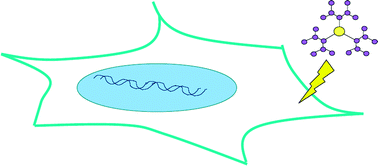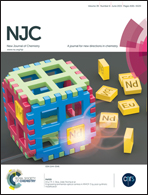Cationic phosphorus dendrimers and therapy for Alzheimer's disease
Abstract
Alzheimer's disease (AD) is an age-related neurodegenerative disorder characterized by the aggregation of extracellular β-amyloid and the intracellular microtubule-associated protein Tau. Neurodegeneration is associated inter alia with the activation of microglial cells, neuroinflammation, oxidative stress, and diminished transduction of impulses in cholinergic neurons. Current pharmacotherapy for AD is based mainly on modulation of acetylcholine hydrolysis, administration of non-steroidal anti-inflammatory drugs and antioxidants. Novel drugs with antiamyloidic properties are currently being sought. Cationic phosphorus dendrimers have been proven to modulate amyloidogenesis and stop the aggregation of Tau protein. An ideal drug for AD should demonstrate anti-inflammatory properties, inhibit acetylcholine hydrolysis, and have antioxidant capacity. Cationic phosphorus dendrimers (generation 3 and generation 4) show the foregoing properties. They inhibit acetylcholinesterase activity, can decrease the secretion of TNF-α, and have weak antioxidant effects. The results presented suggest that phosphorus dendrimers may be considered in the future as agents in AD therapy.


 Please wait while we load your content...
Please wait while we load your content...